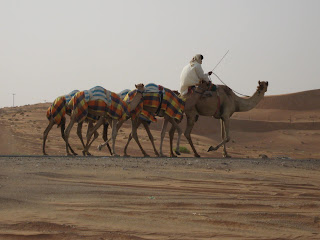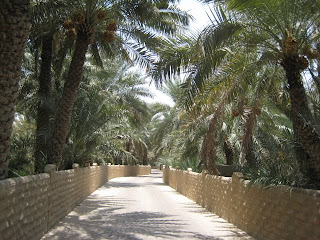
Sunday 26 July 2009. We take a leisurely morning drive through the beautiful Yarra valley to visit a few wineries, starting with Coldstream Hills and several glasses of fine wines, Rochford with several more glasses of fine wine and then Domaine Chandon for yet more fine wine and a most enjoyable good lunch.
The area is wooded with farms, stables, wineriesand small villages amidst rolling hills and with great views of the Dandenong Mountain range in the background. It looked nearly as good as England in summer. Trouble is, this was winter !
A must for the girls was a visit to Ramsay Street - actually Pin Oak Court. Here they are outside Carl and susan's house.
The area is wooded with farms, stables, wineriesand small villages amidst rolling hills and with great views of the Dandenong Mountain range in the background. It looked nearly as good as England in summer. Trouble is, this was winter !
A must for the girls was a visit to Ramsay Street - actually Pin Oak Court. Here they are outside Carl and susan's house.



















































